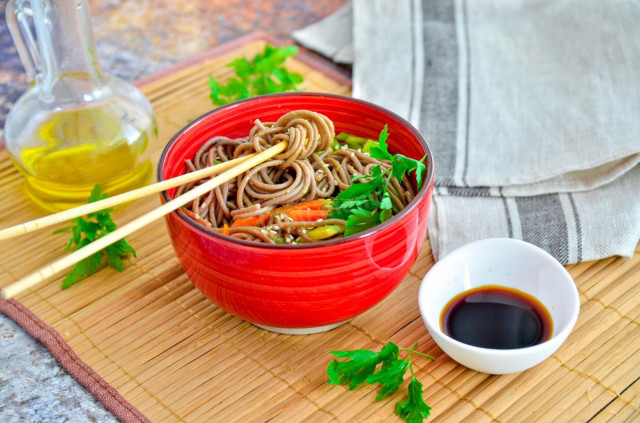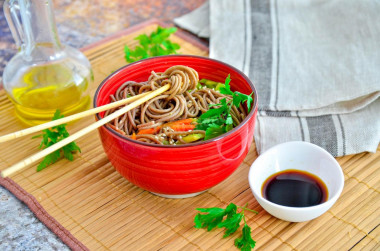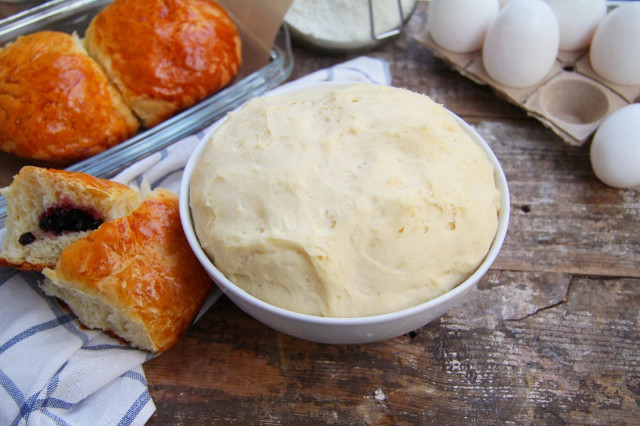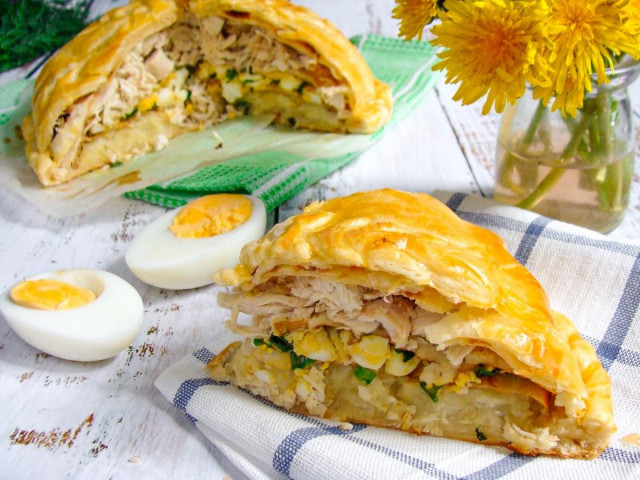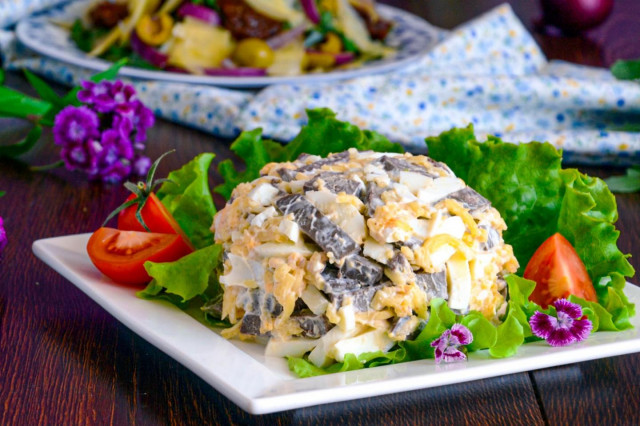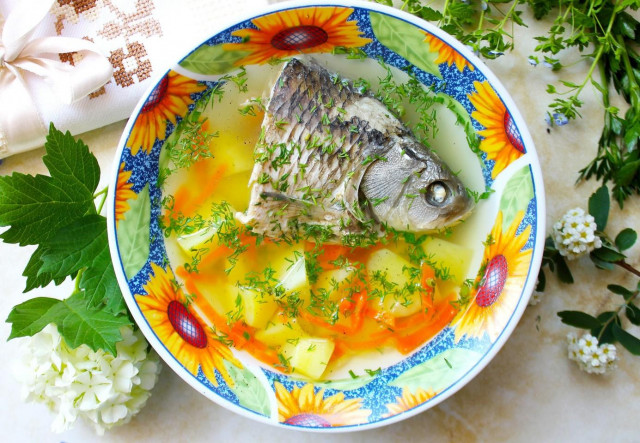Composition / ingredients
Step-by-step cooking
Step 1:
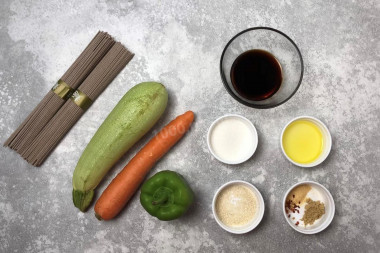
How to make soba with vegetables? Prepare the products for cooking noodles. Take a young zucchini, it is soft and delicious. Or you can have zucchini. Salt is not needed, soy sauce is used instead. Instead of ground spices, you can take fresh ginger and garlic. From vegetables, you can also add eggplant and string beans.
Step 2:
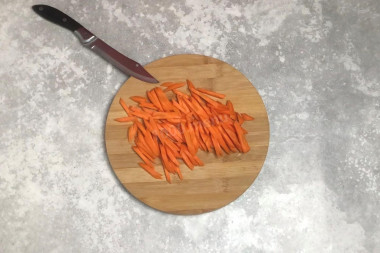
Wash the carrots well, then peel. It is important that the vegetables are dry, as they will be fried, and from excess moisture, the oil will begin to sizzle and splash. Cut the carrots into narrow strips. When cooking Japanese noodles, such slicing is considered traditional.
Step 3:
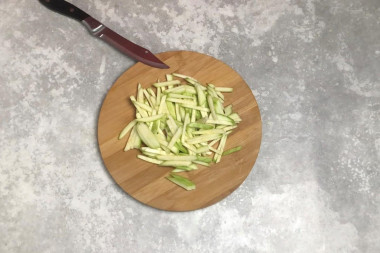
Wash and dry the squash. If the skin is too thick, then remove it with a vegetable peeler. Slice the squash in the same way as the carrots.
Step 4:
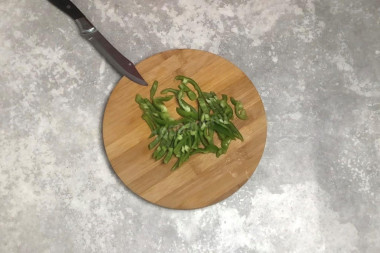
Wash the pepper, dry it. Cut the pepper into the same strips as the rest of the vegetables.
Step 5:
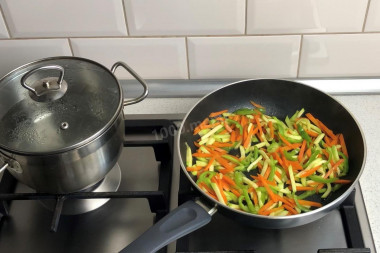
Put a large vegetable pan and a noodle pan on the stove. Vegetables and noodles are cooked in about the same time, so we will do everything at the same time. Let the pan warm up. Pour oil on it, and then lay out the vegetables. Make the fire strong, the vegetables should be fried, not stewed. Add sugar, from it the vegetables will slightly caramelize and become beautifully shiny. Do not worry, they will not become sweet, they will only acquire a slight aftertaste.
Step 6:
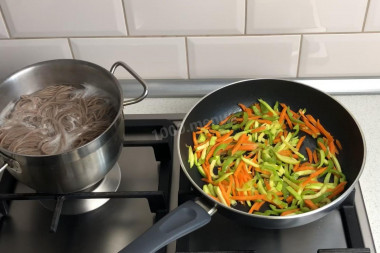
Let the vegetables fry for 7-10 minutes, do not forget to mix them. It is not necessary to fry them longer, the vegetables should remain slightly crispy. The water will boil in the meantime, add a little salt to it and throw the noodles. Cook the noodles according to the instructions on the package, usually it takes 7 minutes. But do not digest it, the soba should remain slightly firm, like al dente. So the noodles will be more delicious and will not stick together.
Step 7:
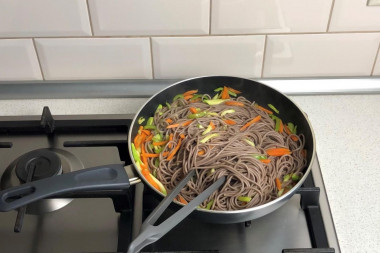
Add the finished noodles immediately to the pan to the vegetables, bypassing the colander. It's not scary if a little water gets there, the noodles will only become juicier from this. Add spices to the noodles and pour soy sauce. Mix it up.
Step 8:
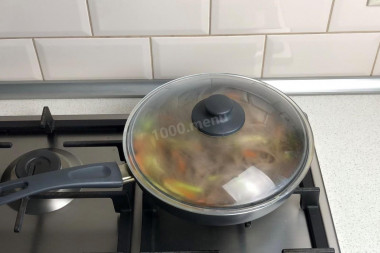
Cover the pan with a lid, turn down the heat and let the noodles "make friends" with vegetables and soak in the aromas of spices. Let it cook in this way for 5 minutes. Then spread the noodles on plates, sprinkle sesame seeds on top and serve to the table. Enjoy your meal!
I really love soba and often cook it. Most often I choose options with meat - chicken or pork. We also liked the vegetables.
Which zucchini will work best? Choose young fruits with tender skins. Wash them and peel them. It is not necessary to cut off a very thin skin. If you use more mature zucchini, cut off the rough peel and cut out the middle with the seeds.
When adding soy sauce to a dish, it is worth considering that it has a rather salty taste. Reduce the total amount of salt, otherwise you risk over-salting.
Since the degree of salinity, sweetness, bitterness, sharpness, acid, burning is individual for everyone, always add spices, spices and seasonings, focusing on your taste! If you put some of the seasonings for the first time, then keep in mind that there are spices that it is especially important not to shift (for example, chili pepper).
Caloric content of the products possible in the composition of the dish
- Sweet pepper - 27 kcal/100g
- Carrots - 33 kcal/100g
- Dried carrots - 275 kcal/100g
- Boiled carrots - 25 kcal/100g
- Soy sauce - 51 kcal/100g
- Granulated sugar - 398 kcal/100g
- Sugar - 398 kcal/100g
- Vegetable oil - 873 kcal/100g
- Dried whole sesame seeds - 563 kcal/100g
- Shelled sesame seed - 582 kcal/100g
- Ground hot pepper - 21 kcal/100g
- Garlic powder - 331 kcal/100g
- Buckwheat noodles - 348 kcal/100g
- Ginger Powder - 335 kcal/100g
- Young zucchini - 24 kcal/100g

